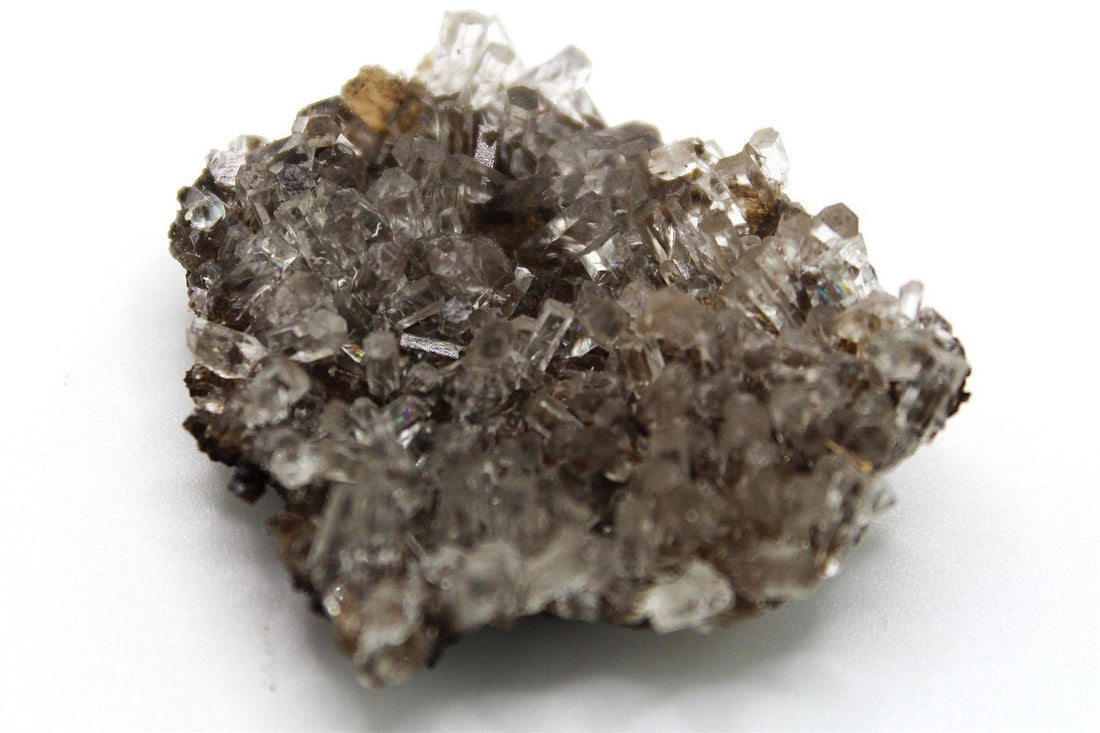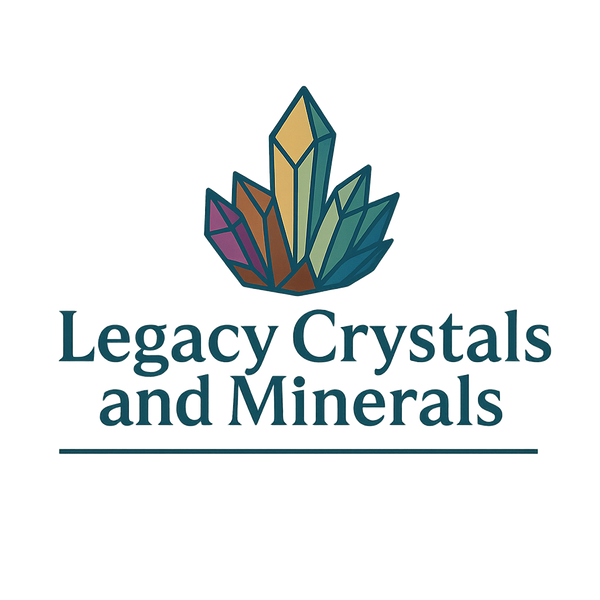
Beginner’s Guide to Building a Mineral Collection
Share
New to minerals and crystals? Learn how to start your collection with intention — from choosing the right pieces to displaying them with pride.
Start with Curiosity, Not Quantity
The best mineral collections don’t begin with shelves full of rocks — they begin with personal connection. Ask yourself:
- Are you drawn to certain colors or formations?
- Are you collecting for beauty, energy, history, or rarity?
- Do you want to focus on specific locations, crystal systems, or metaphysical properties?
Here’s the most important part: there’s no right or wrong way to collect minerals. Your collection should reflect what speaks to you. Some collectors are drawn to deep metaphysical meaning. Others seek color harmony, rarity, or the origin story behind a piece.
Starting with a theme or intention helps give your journey direction, but never let rules overshadow your excitement. Collecting is about exploring what you love and building a personal connection with the natural world.
Popular beginner themes include:
- Fluorescent Minerals – fun and educational
- Healing Crystals – metaphysical and meditative
- Special Mine Locations (I love Chinese Mine) – something special to you or they are interesting
Top Tips for Selecting Your First Pieces
- Buy from reputable sellers who disclose origin, authenticity, and any repairs.
- Condition matters: Avoid heavily damaged crystals or ones that appear glued unless clearly stated and well-priced.
- Look for matrix pieces — minerals attached to natural host rock often increase visual appeal and stability.
- Start with 3–5 pieces that feel special. Don’t rush to “fill a shelf.” Let your taste evolve.
- Consider size vs. quality: A smaller, perfect specimen often holds more value and beauty than a large damaged one.
Displaying and Storing Your Crystals
- Lighting: Use warm or LED spotlights to enhance color, luster, or fluorescence.
- Shelving: Wood, glass, or acrylic stands work well. Shadow boxes are perfect for small pieces.
- Labeling: Add origin, mineral name, and acquisition date — great for education and resale value.
If you’re collecting high-value or delicate minerals, store extras in padded boxes and avoid direct sunlight or humidity.
Budgeting for Beginners
You can begin collecting with a budget as low as $50–$200. Many beautiful specimens (fluorite, quartz, calcite) are affordable yet stunning.
As your knowledge grows, you’ll learn when and why to invest more — such as in rare formations, closed-mine specimens, or unique inclusions.
FAQ: Mineral Collecting for Beginners
1. What’s the difference between a crystal and a mineral?
A mineral is a naturally occurring substance with a specific composition. A crystal is the geometric form a mineral takes when it grows in ideal conditions.
2. Should I buy polished or raw minerals?
For collecting, raw and natural specimens are preferred. Polished stones are great for metaphysical use, but collectors value authenticity and natural formation.
3. Are dyed or heat-treated crystals okay?
They're fine for decoration or energy use, but may not hold collector value. Transparency is key — know what you're buying and decide based on your goals.
4. What are the most beginner-friendly crystals?
Quartz, fluorite, calcite, and pyrite are all accessible, affordable, and visually stunning. They’re a perfect start for any collection.
5. How do I know if a specimen is genuine?
Work with sellers who provide mine origin, clear photos, and no-obligation questions. Over time, your eye will develop — trust your curiosity and keep learning.
Final Thoughts: Collect with Purpose
A mineral collection is a reflection of your curiosity, your style, and your appreciation for Earth's natural beauty. There’s no checklist, no rules, and no pressure to “get it right.” What matters is that your collection means something to you — whether it’s metaphysical, visual, educational, or emotional.
Start small, learn deeply, and enjoy each piece along the way.



